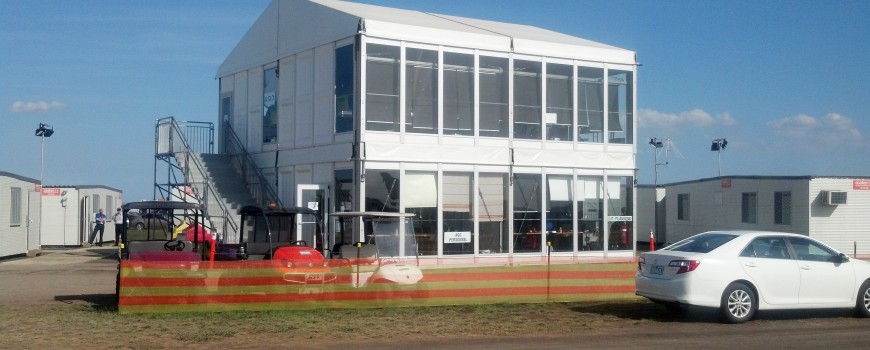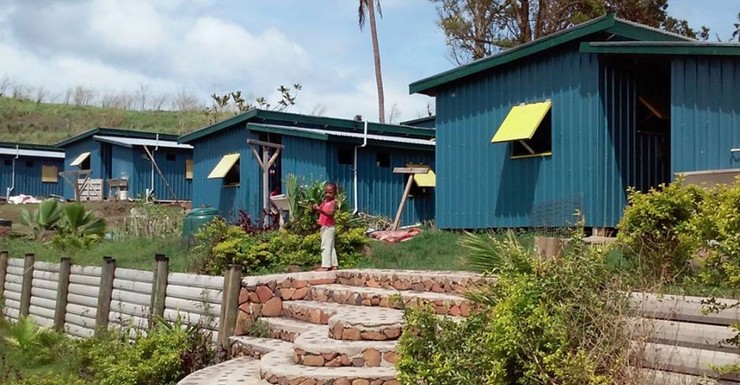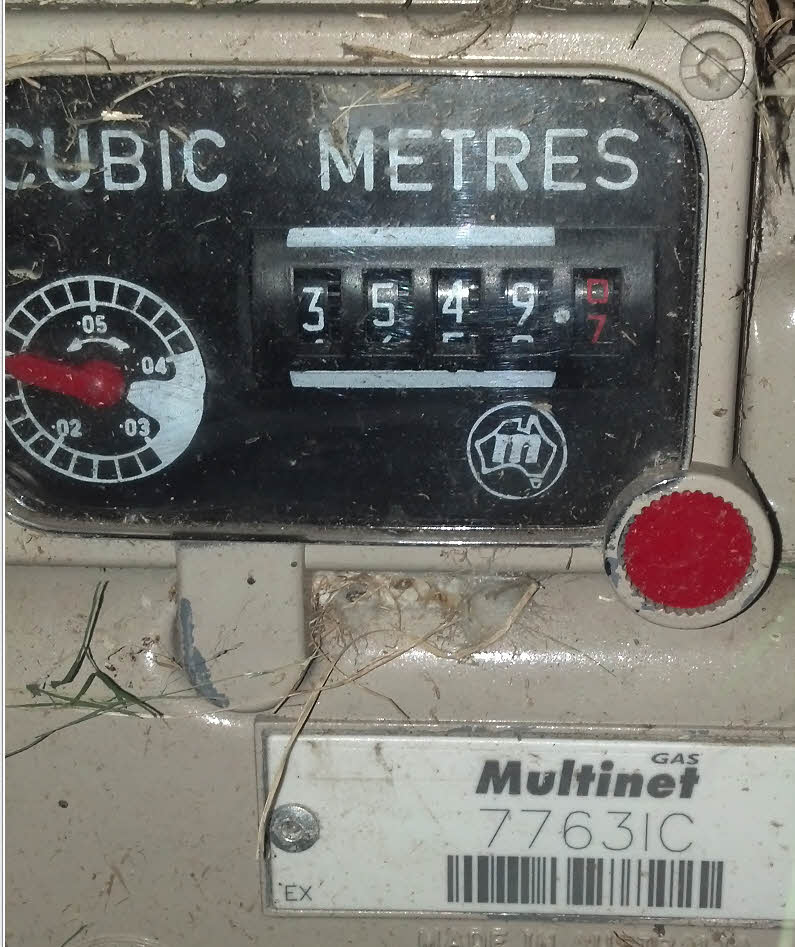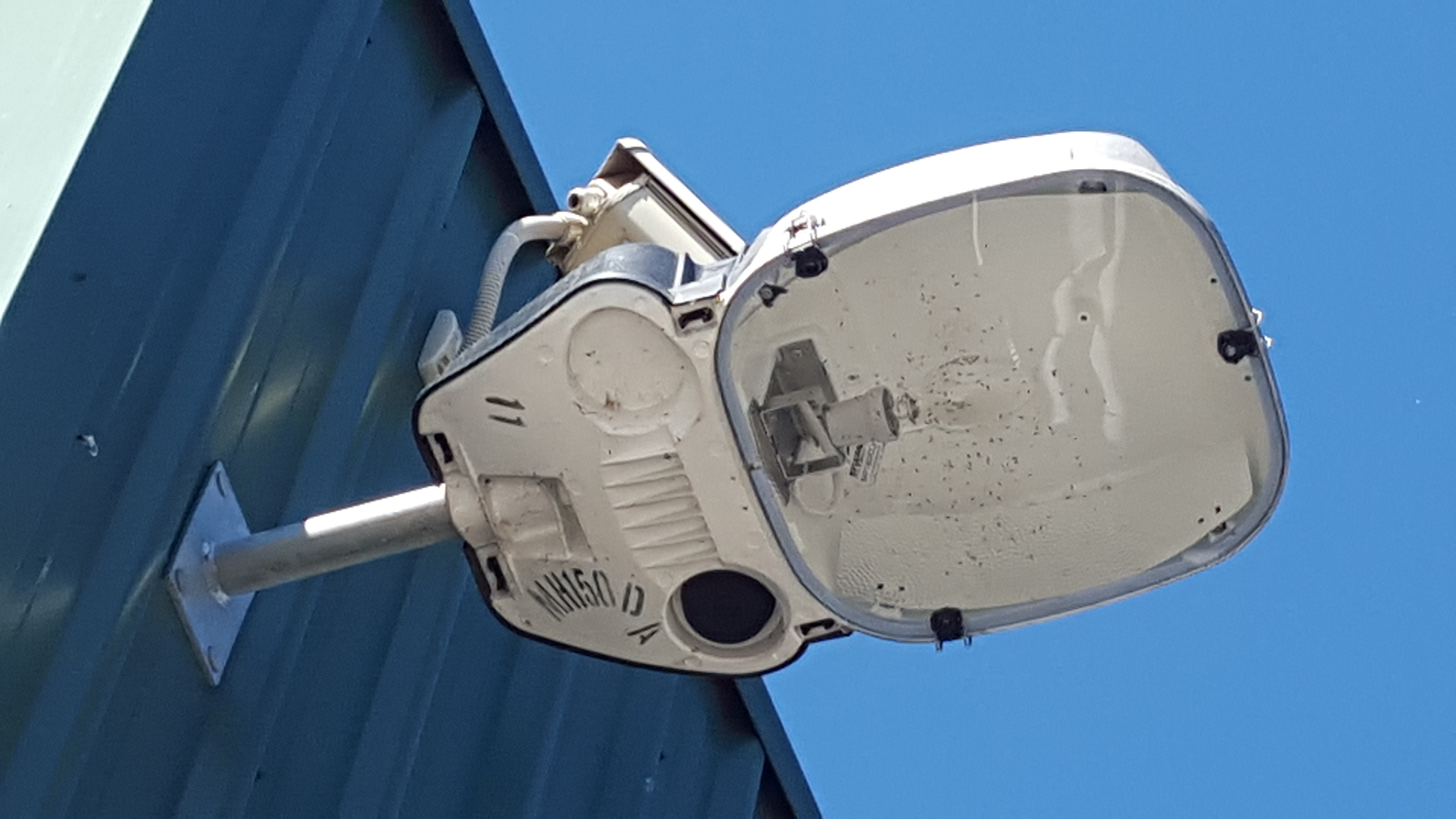
The Victorian Energy Efficiency Target (VEET) is a Victorian Government mechanism designed to assist energy users with the cost of investing in efficient technology upgrades. VEET was introduced in 2009, and has been particularly active in the residential sector. In Q1 2012 the VEET scheme was extended to apply to industrial and commercial lighting, under Schedule 34 of the VEET Act.
Unfortunately, VEET has mainly been active in the sense of charging a levy on the electricity use of all commercial and industrial businesses, (other than a relatively few businesses which were on the Vic EPA ERP register, and this is likely to be reversed in the next few months).
Over this period, there has been relatively low activity levels in commercial lighting upgrades in Victoria, which is in stark contract with the NSW Energy Saving Scheme, which has been predominantly active in commercial and industrial lighting, with almost no residential activity.
This means that businesses (probably including your business) have been paying a levy since Q1 2012 and receiving nothing in return. So what to do?
Genesis Now is active in implementing lighting retrofits under VEET Schedule 34.
Give Genesis Now a call and we will structure a lighting upgrade which is fully VEET compliant. The VEET benefit can result in 30-60% reduction in cost, ensures all equipment is meeting the latest standards and ensures all lighting equipment containing the dangerous neurotoxin Mercury is safely removed and recycled.
The combined benefits of the VEET cash rebate and ongoing electricity savings can result in a can payback period of one year.
Talk to us about green financing options and the option of a financed project with a cash VEET rebate.
We also design lighting efficiency project to achieve significant co-benefits such as improved colour rendition, improved comfort, the end of strobing or flickering lights and where “smart” lights are specified, the end of the need to manage lighting using switches, as the lighting becomes fully automatic.
Automatic ;smart’ lighting generates additional VEET benefit compared to standard ‘dumb’ lighting; and in most cases we have reviewed provides a better business case compared to dumb lighting.
Genesis Now and Smart Lighting
Genesis Now has long understood that automation is the key to optimising energy saving and lighting is no different to other energy services in this respect.
We take automation and sensors for granted in many aspects of our lives, for example automatic doors, cruise control and the like.
Smart lighting systems utilise on-board sensor and logic to control lighting output. For example, daylight harvesting systems can react to daylight infusion into a space by progressively dimming lights accordingly. Occupancy controls can react by gently dimming lighting after they have detected no movement in spaces for a (programmable) period.
Another smart feature, trimming lighting levels on installation, can make sure the correct brightness is achieved for the space’s requirements and not too much, as lighting which is too bright can case discomfort as well as wasting energy.
In industrial and commercial retrofits (e.g. offices, factories, workshops, warehouses) we can achieve up to 90% energy saving compared to existing lighting. Typically dumb lighting retrofits only achieve around 50% energy saving.
Our engineers can find it disappointing walking into an low occupancy warehouse, mixed use space or office and finding efficient LED lights burning, but little else going on. The job of replacing old inefficient lighting has been done, but it has been done less effectively than it should have been; and it can now be too expensive to reinvest and do it right.
If you would like one of our consultants to visit you and review your lighting needs
for no cost or obligation please contact us.
Jon Fettes.
Sustainable Energy Engineer
Genesis Now
4 Dec 2015












